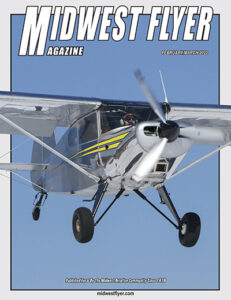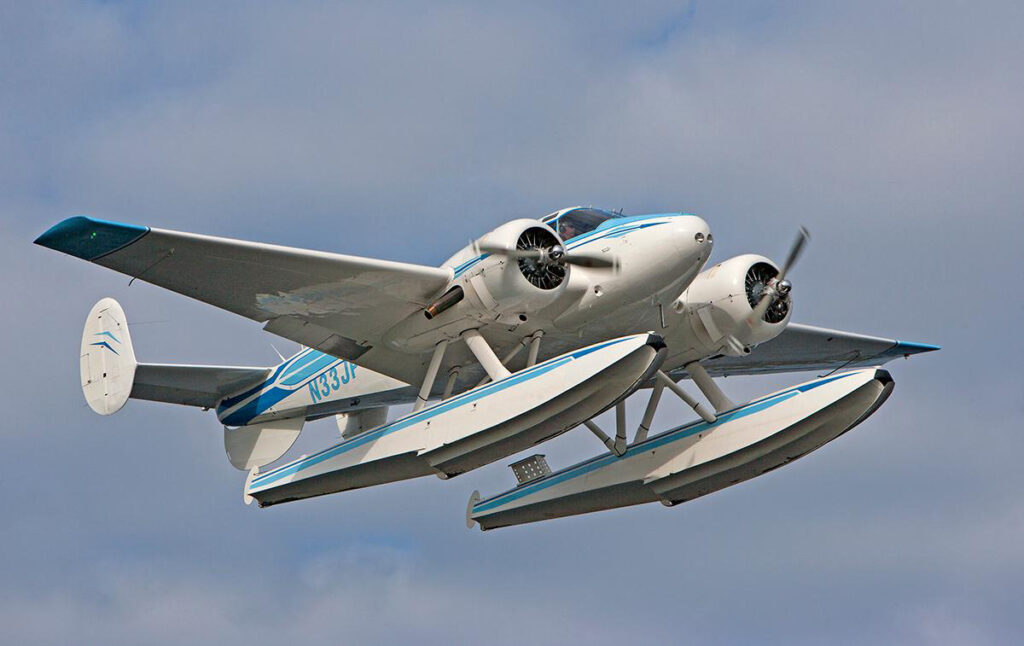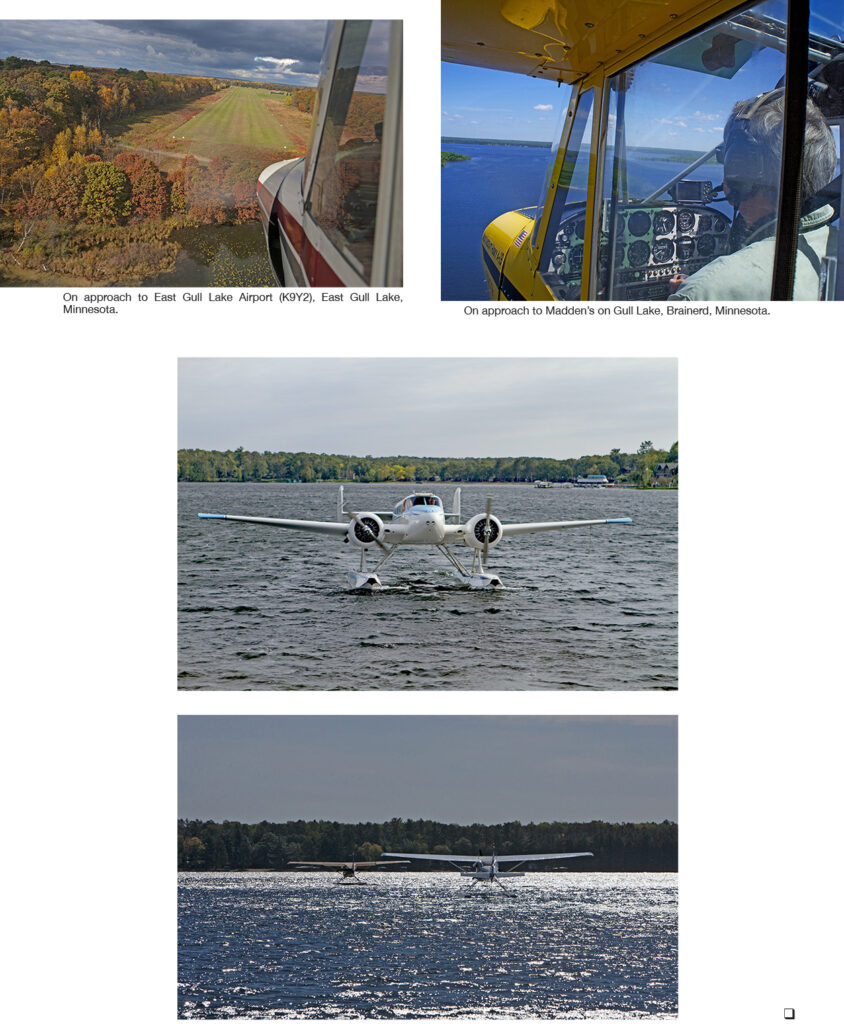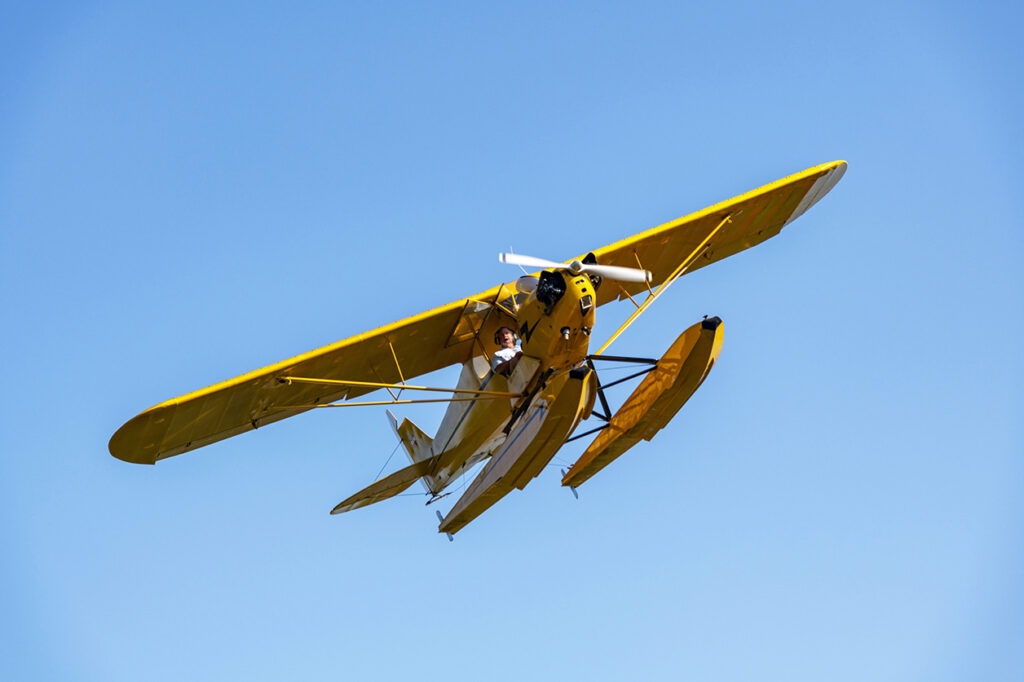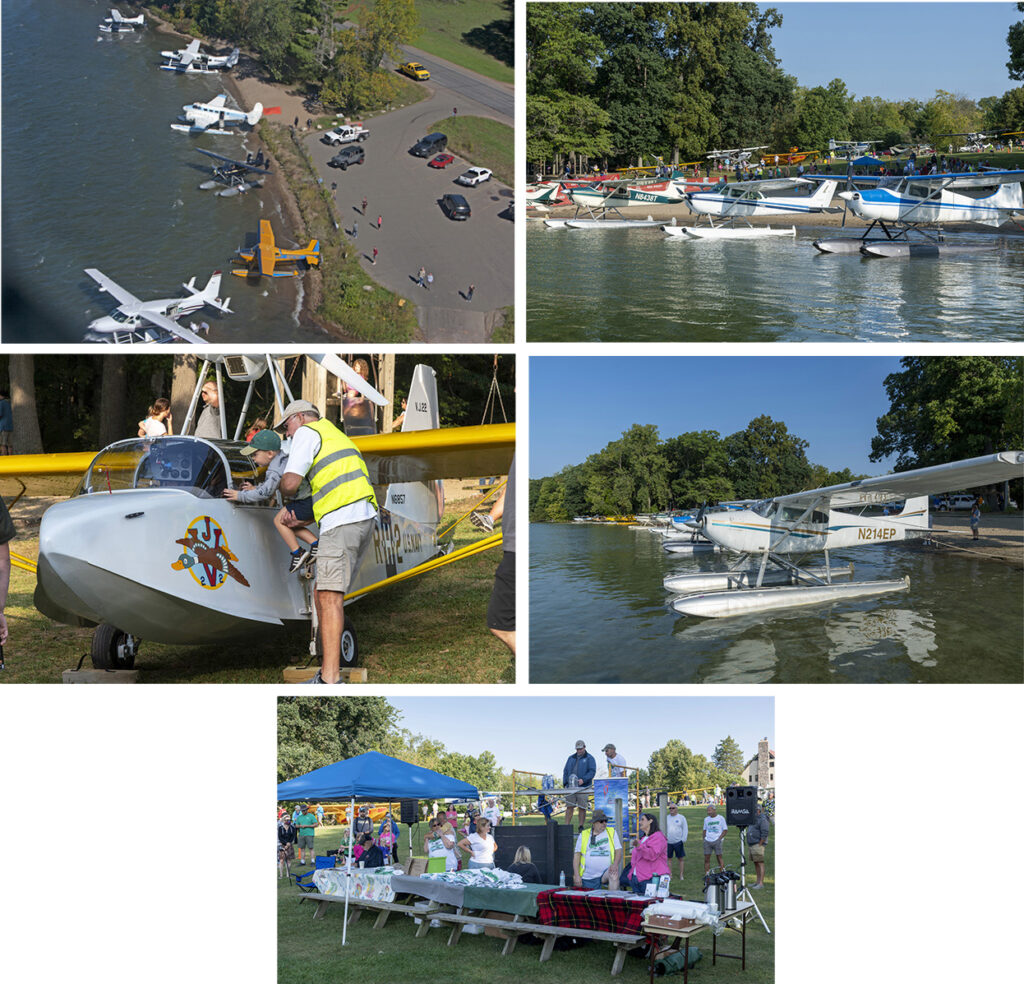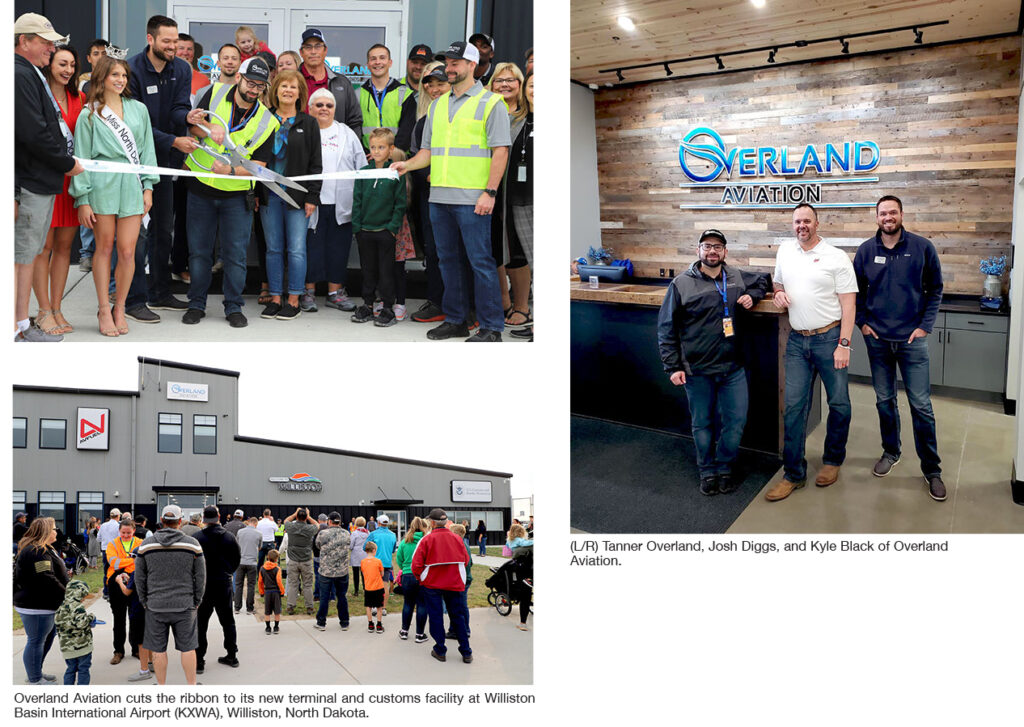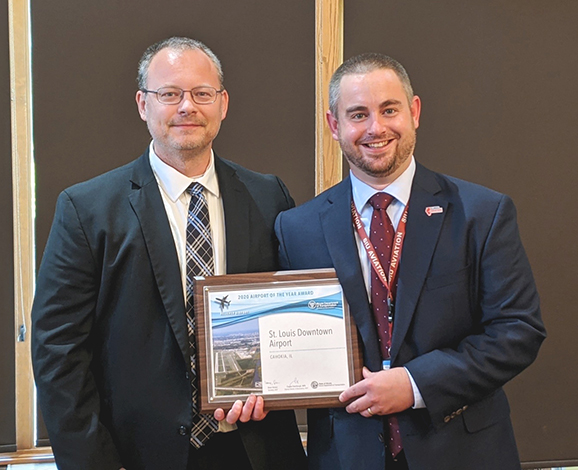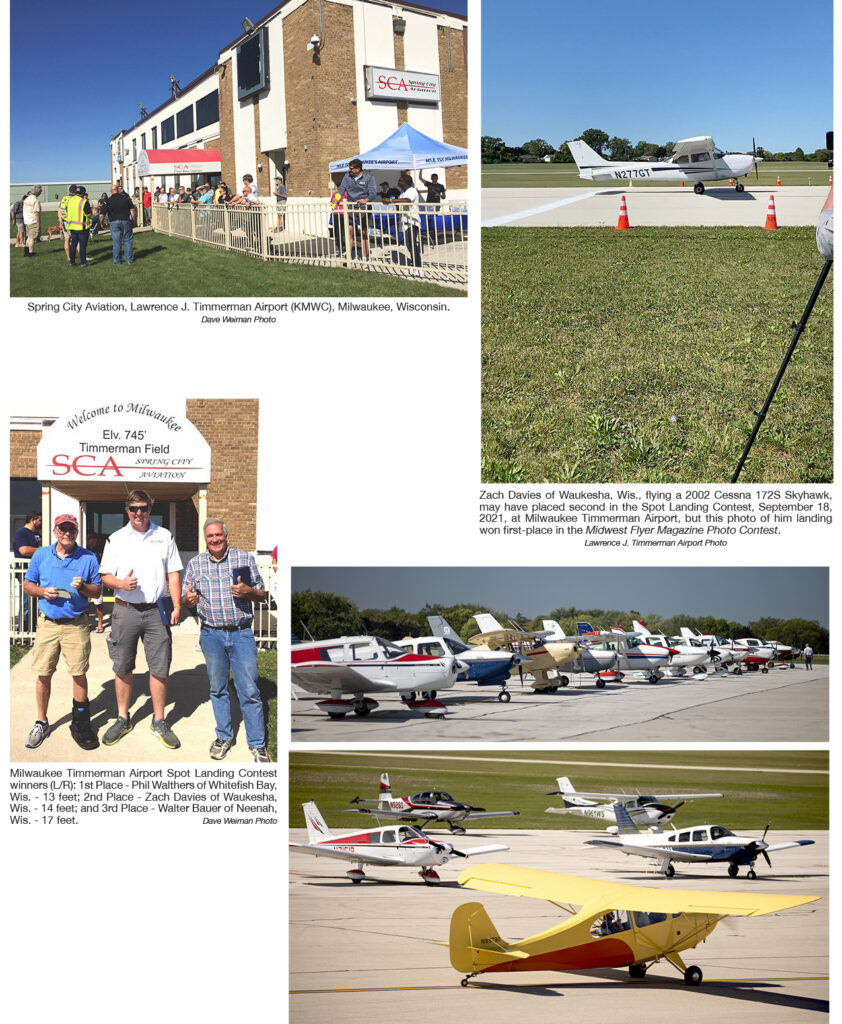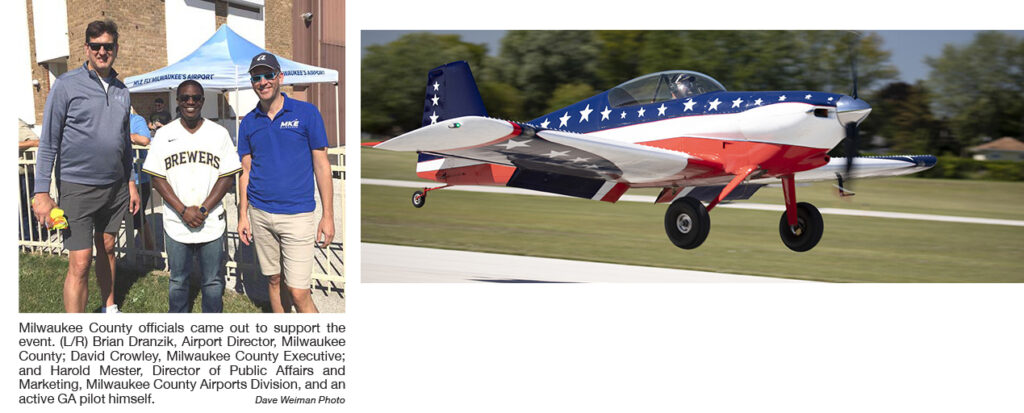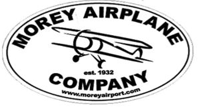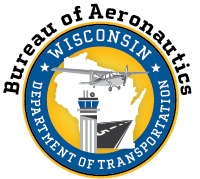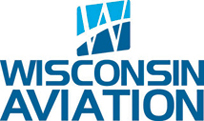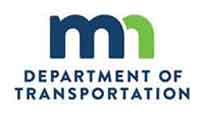by Michael J. “Mick” Kaufman
© Copyright 2022. All rights reserved!
Published In Midwest Flyer Magazine February/March 2022 Online Issue
A superior pilot is one who uses his superior knowledge to avoid situations that may require his superior skills!” A very true statement from an unknown author.
As a flight instructor teaching new pilots, and experienced pilots, new ratings, I use a syllabus that I have developed over the years. The FAA has provided guides for instructors on what is needed to be taught and what will be addressed on the check-ride. We see topics like CFIT (controlled flight into terrain), ADM (aeronautical decision making), human factors and others. Some pilots tend to brush these subjects off as not important; however, these may be some of the most important topics in pilot training.
As a new instrument-rated pilot, there is very little superior knowledge or superior skills to back you up after making a bad decision, so we must learn as much as we can from others.
After completing instrument training and passing the instrument check-ride, pilots should know how to fly the airplane by sole reference to instruments, get established and fly an approach, and communicate with air traffic control (ATC). New instrument-rated pilots are lacking the skills to analyze the weather, the route, and their skills in handling an in-flight emergency, if one develops. I have had to declare an emergency seven times. (Read my column entitled “Using the E Word” in the August/September 2020 issue of Midwest Flyer Magazine.) https://midwestflyer.com/?p=13472
When an emergency arises – and they do happen — do you, as pilot-in-command, have the knowledge to analyze what resources you have lost, and which ones you still have at your disposal to handle the situation? It is always better to have a plan for the unexpected, which in many cases can be done on the ground before departing.
To become a Superior Pilot, it takes many hours of flying, making many decisions (hopefully, most of them made correctly). But I must admit, I have made my share of bad decisions, but they have led to better decisions in similar situations in the future. Sometimes pilots do not get a second chance, so it is best to learn as much as you can from the mistakes of others.
In an FAA publication, it says flight instructors can teach good decision-making. This is not totally true, but flight instructors can influence good decision-making.
Scenario #1: I was returning home to Lone Rock, Wisconsin, on a flight from El Salvador, Central America in my Bonanza on February 18, 2000. It was a long flight and after clearing U.S. Customs in Key West, Florida, and checking the weather, I decided to continue my flight.
I had a reliable autopilot and an instrument-rated copilot onboard. The weather was forecasted to be good, and was as forecasted, until I called Flight Service passing Rockford, Illinois for an update on Lone Rock. The weather, as I recall, was 1500 overcast and 2 miles in light snow. It was after 1:00 a.m., and I wanted to sleep in my own bed. The weather at Madison, Wisconsin, just 37 miles to the east, was clear and visibility was 10. I decided on doing the VOR A approach to Lone Rock. I picked up so much ice on the approach that a missed approach was not an option. Bad decision (get-home-itis).
As luck would have it, I broke out at about 1500 feet, and landed fast without flaps. Fortunately, the runway was long. Lesson learned!
Scenario #2: Several years ago, I did an instrument rating for a gentleman in Watertown, Wisconsin. The pilot had a Piper Arrow and owned a small business but was financially strapped as the instrument rating cost about 10K. He received his rating and did a reasonably good job during his training. A year or more later, he took his girlfriend, his son, and his son’s girlfriend, to Florida in the Arrow for a vacation. His son proposed to his girlfriend at Disney World…a happy time for all. On the flight back to Wisconsin, the weather was low IFR, but the pilot had gained some good IFR experience since his training, so that was not a factor. En route, the pilot shot an approach to an airport in southern Illinois and that went well. He needed fuel, but didn’t like the price, so he filed an IFR flight plan to a nearby airport with lower fuel prices. On the approach to that airport, the airplane ran out of gas. Bad decision. No lesson learned here…four fatalities.
Scenario #3: My wife and I have a lake home in Eagle River, Wisconsin and often fly our Bonanza there for weekend getaways. I always look at the long-range weather forecast as we prefer to fly roundtrip – a one-hour flight each way versa a five-hour car ride. We were planning a late Sunday afternoon flight home, as the ride is usually smoother later in the day. I checked weather Sunday morning and again just before the 10-minute drive to the airport. After the pre-flight, we taxied to the fuel pumps from the hangar and filled the main tanks. This was to be a perfect VFR flight home, however, after the runup and completing the checklist, I decided to do a last-minute weather check.
I have Sirius XM weather, so I can get the weather on the ground. I did not believe my eyes as I saw a line of weather starting to form an east/west line along our route going through Wausau, Wisconsin. We decided to takeoff but watched the weather as we headed south. About 20 miles into the flight near Rhinelander, the line of weather had developed in intensity. We made a 180-degree turn back to Eagle River and put the Bonanza back in the hangar. We spent another night at the lake and flew home the next morning with no incident or weather. Good decision, learned from previous experiences. Have reliable weather available in the cockpit, and remember to check it even if you don’t expect to see any problems.
Scenario #4: During the summer of 2021, I did an instrument rating for a pilot from Madison, Wisconsin in Eagle River. During a drive to the airport one morning, we spotted a sports car with a for sale sign in the window. We stopped to check it out, and my student bought it (before I could). After his training, I offered to fly him back to Eagle River to pick it up. As in all my preflight planning, I checked the weather and there was a chance of thunderstorms that day. I departed from my home airport to pick up my passenger at Middleton Municipal Airport – Morey Field. All went as planned, as we headed to Eagle River.
Along the route, we started to see weather developing on my Sirius XM weather display. At this point, it looked as if a deviation to the west would solve the problem, and that is what we did. As we approached the point where we planned to fly direct to Eagle River, weather had developed along our route. I thought of flying northwest and approach our destination from the north, only to see that the weather had closed in all around us. By looking at the intensity of the weather, I suspected hail. There was only one option…get on the ground, and by luck, the Merrill, Wisconsin airport was less than 5 miles away. We landed and got the airplane in a hangar just in the nick of time, thanks to the quick efforts of the airport manager and his staff. As storms continued, we ended up driving the courtesy car the rest of the way to Eagle River and came back the next day to get the Bonanza. Another good decision!
As a recap of this article, I hope you can relate to some of your own experiences on your way to becoming a Superior Pilot. We can never say we know it all. Superior Pilots continue to learn as well. Hopefully, we can see that aeronautical decision making, along with human factors, has an important role in our flight planning, whether flying VFR or IFR.
It is sad to see bad decisions as in Scenario #2. That decision cost lives, just to try and save a few dollars. I have seen that situation happen time and time again. It might be over fuel prices, the cost and inconvenience of having to stay in a hotel room for one or maybe two additional nights, or the expense of getting a good airplane checkout or recurrent training.
Keep learning, analyze your preflight planning well, get good recurrent training, and continue to read Midwest Flyer Magazine. Only then will you become a Superior Pilot.
EDITOR’S NOTE: Michael J. “Mick” Kaufman is a Certified Instrument Flight Instructor (CFII) and the program manager of flight operations with the “Bonanza/Baron Pilot Training” organization. He conducts pilot clinics and specialized instruction throughout the U.S. in many makes and models of aircraft, which are equipped with a variety of avionics. Mick is based in Richland Center (93C) and Eagle River, Wisconsin (KEGV). He was named “FAA’s Safety Team Representative of the Year” for Wisconsin in 2008. Readers are encouraged to email questions to captmick@me.com or call 817-988-0174.
DISCLAIMER: The information contained in this column is the expressed opinion of the author only, and readers are advised to seek the advice of their personal flight instructor and others, and refer to the Federal Aviation Regulations, FAA Aeronautical Information Manual and instructional materials before attempting any procedures discussed herein.








